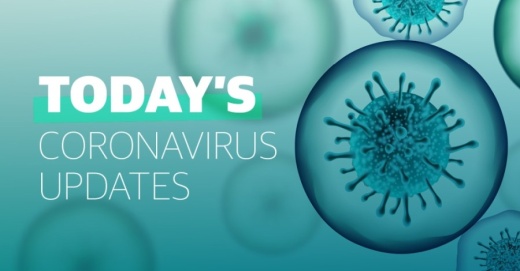Currently, 103 patients are hospitalized, 32 are in intensive care and 16 are on a ventilator, it said. The WCCHD also reported 18% of hospital beds, 9% of ICU beds and 58% of ventilators are available.
The county also announced one additional death, a man in his 60s. The death toll is now 51.
“This was a difficult week for Williamson County with the news of several lives lost forever due to COVID-19,” Williamson County Judge Bill Gravell said in a news release July 10. “As we enter yet another weekend, please keep in mind how our actions may impact those around us. Preserving our health and keeping those we love healthy is of the utmost importance right now, even if that means wearing a mask and staying six feet apart.”
On July 9, the county reported 175 additional cases and two deaths.
The surge in cases; hospitalizations; and the positivity rate, or the rate at which tests return positive for COVID-19 across the state, led Gov. Greg Abbott to issue an order July 3 requiring all Texans to wear a face covering over the nose and mouth in public spaces.
The governor also issued a proclamation granting mayors and county judges authority to limit outdoor gatherings of over 10 people, making it mandatory for people to avoid groups larger than 10 and maintain 6 feet of social distancing from others.
This week the state offered free testing in three Williamson County small cities. The testing was available to anyone, not just Williamson County residents; however, only those who reside in the county were added to the county’s official COVID-19 count.
Here is an update on total cases in the cities of residence including deaths, according to the WCCHD.
- Austin: 241
- Cedar Park: 421
- Georgetown: 623
- Hutto: 250
- Leander: 200
- Round Rock: 1,311
- Other: 434
Officials said the county is not legally able to release the specific counts in cities with fewer than 20,000 residents. For more information, such as gender and age breakdowns, visit the county's dashboard. The WCCHD transitioned to the state’s contact tracing/data system over the holiday weekend and is no longer able to access some of the data it previously displayed on the dashboard, such as active and recovered count, according to its website.






